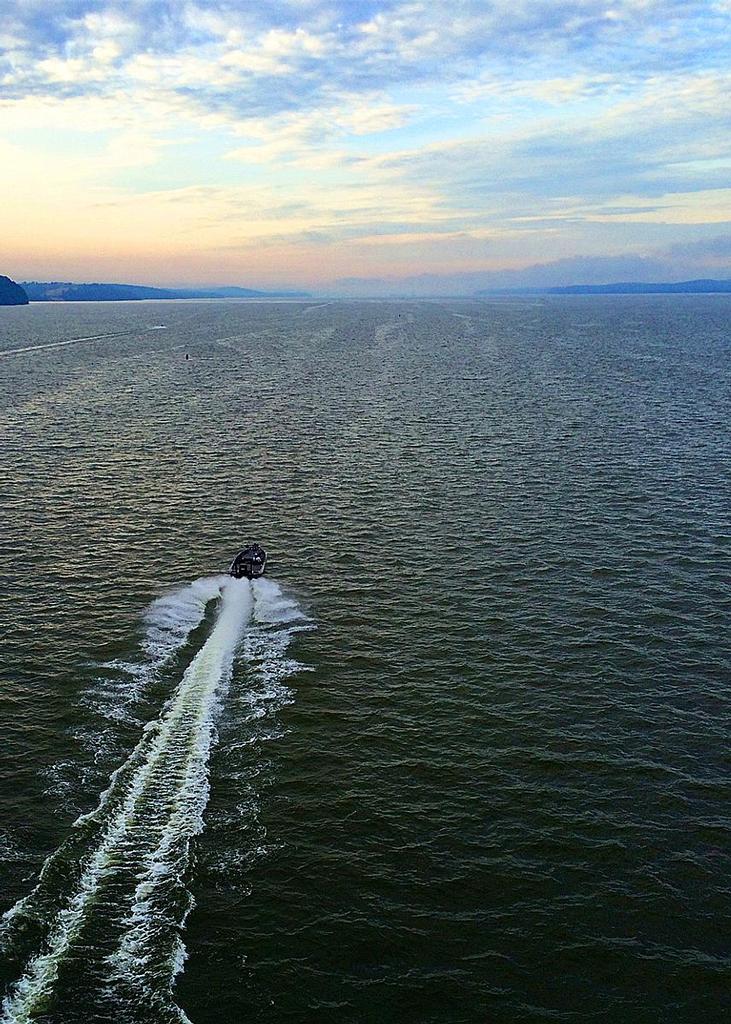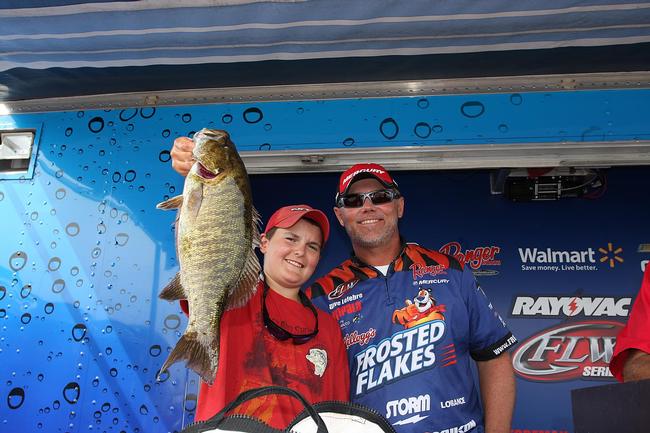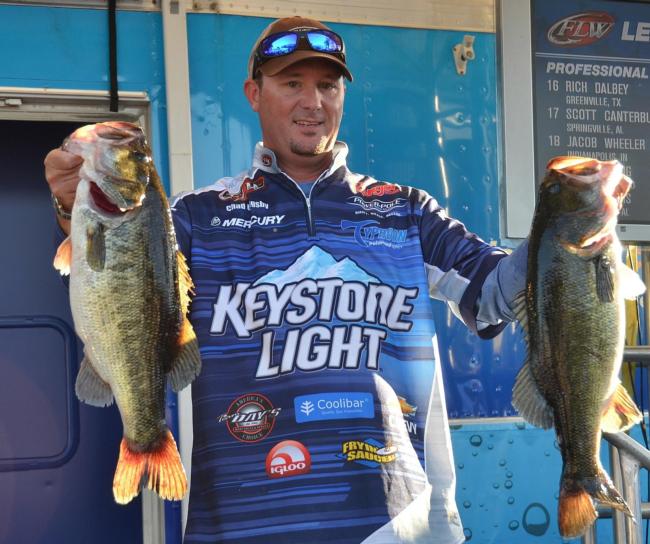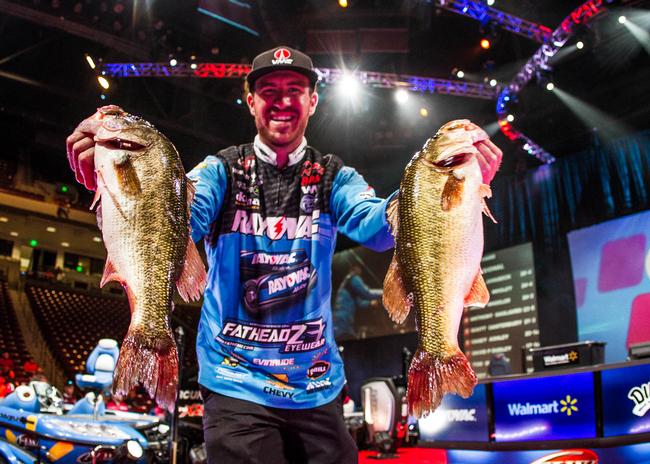3 Keys for Championship Season

September and October comprise championship season in much of the bass-fishing world, especially at FLW. The Forrest Wood Cup has come and gone, but the Rayovac FLW Series Championship and the Walmart Bass Fishing League Regionals are slated for the coming weeks. Plus, club anglers across the country are preparing for their annual classics.
If you’re lucky enough to have qualified for a championship in any tournament circuit, there’s a good chance you’ll be faced with visiting a new lake. Competing on a foreign fishery is alluring with promise and potential, but the unknown can just as easily confuse, confound and frustrate. Intrinsic to a successful debut is the angler’s skill at searching new waters and identifying the opportunities therein.
For tips on this objective, we turn to a trio of accomplished Walmart FLW Tour pros:
1. Dave Lefebre – Plan for the Season
The Kellogg’s Frosted Flakes pro from Erie, Pa., says effective searching starts with the angler’s understanding of seasonal patterns. Are the fish likely still in summertime haunts, or are they following transitioning baitfish into the shallows?
Whatever the season, Lefebre says that decisiveness is your ally. Rarely is a lake’s bounty tied to one particular spot – a plethora of similar scenarios is more often the case. Pick one and go looking.
“When you get to the water, my recommendation would be to limit yourself in the amount of water you try to search,” Lefebre says. “Realize you could have success in that creek, in that creek, in that creek, but choose one area that fits the seasonal pattern. Look at a place, and have the confidence to say the tournament can be won right here.”
Individual experience level and physical abilities will determine how broad an area you can realistically attack, but the principle remains constant regardless of scope. It’s all about what you learn by getting bit, and as he points out, you can’t solve an equation without data.
“Pick an area that’s the size you’re comfortable with, put your trolling motor down and fish,” Lefebre says. “If a pattern emerges, you can expand from there endlessly. The fish can’t talk to you if you’re not fishing.”
2. Chad Grigsby – Search Quickly and Efficiently
For the Keystone Light pro from Maple Grove, Minn., recon starts with what might look like pleasure boating, but is indeed a serious bit of tactical observation.
“When I go to a new lake, I like to drive around the lake and maybe run up the rivers to look at what type of cover it has,” he says.
Once he identifies the types of habitat the lake possesses, Grigsby goes to work searching seasonally relevant spots.
“I suggest starting shallow because the fish are easier to find,” he says. “Then you can move deeper if needed.”
Grigsby knows that time maximization calls for a search plan based on moving lures. He’ll start with a square-bill or a spinnerbait to get a feel for what’s going on. If he catches a fish near a piece of structure, he’ll slow down and pick it apart with jigs or Texas rigs.
During the summer offshore season, Grigsby advises anglers against becoming overwhelmed by a lake chart. Endless miles of river channel can quickly leave newcomers asking, “Where to begin?”
“Pick a creek and look for river channels coming out of that creek,” Grigsby says. “Idle along and look for drops and flats in 10 to 15 feet of water. Obviously, you can’t cover the entire lake, so keep it simple at first and then move out from there. There’s usually good offshore structure in tributaries off the main lake where fish will hold year-round.”
A football jig, crankbait and a big worm on an oversized shaky head are his prime offshore search lures.
3. Jacob Wheeler – Consider Current Conditions
The former Forrest Wood Cup champion and Walmart BFL All-American winner from Indianapolis, Ind., banks much of his new-lake searching on pre-arrival weather study, which he’ll marry with seasonal analysis to help dial in where the fish are likely to be holding.
“Weather plays a huge role in how the fish are going to position, so I will study it for weeks in advance,” Wheeler says. “Water temperature is another big thing because that tells me if I need to be going shallow or deep.”
For example, four or five days of cool weather prior to an early fall showdown could trigger a major move toward the shallows on lakes where late-season deep-to-shallow transitions were just beginning to commence. If weather forecasts indicate stable conditions lasting throughout a tournament, Wheeler will devote all of his practice time to the bank. Conversely, a front in the forecast compels him to also practice a little deeper to find those pull-back spots he might need.
Recent rains also provide important clues.
“Rainfall will dictate how clear the water is,” Wheeler points out. “So, before I even get to the lake, if I know that the water is going to be stained, I can assume it’s going to be more dirty-water techniques that will come into play.
“That’ll give you an idea of what you’re going to do. You can eliminate a lot of stuff and sort of have an idea before you even get to the lake.”


